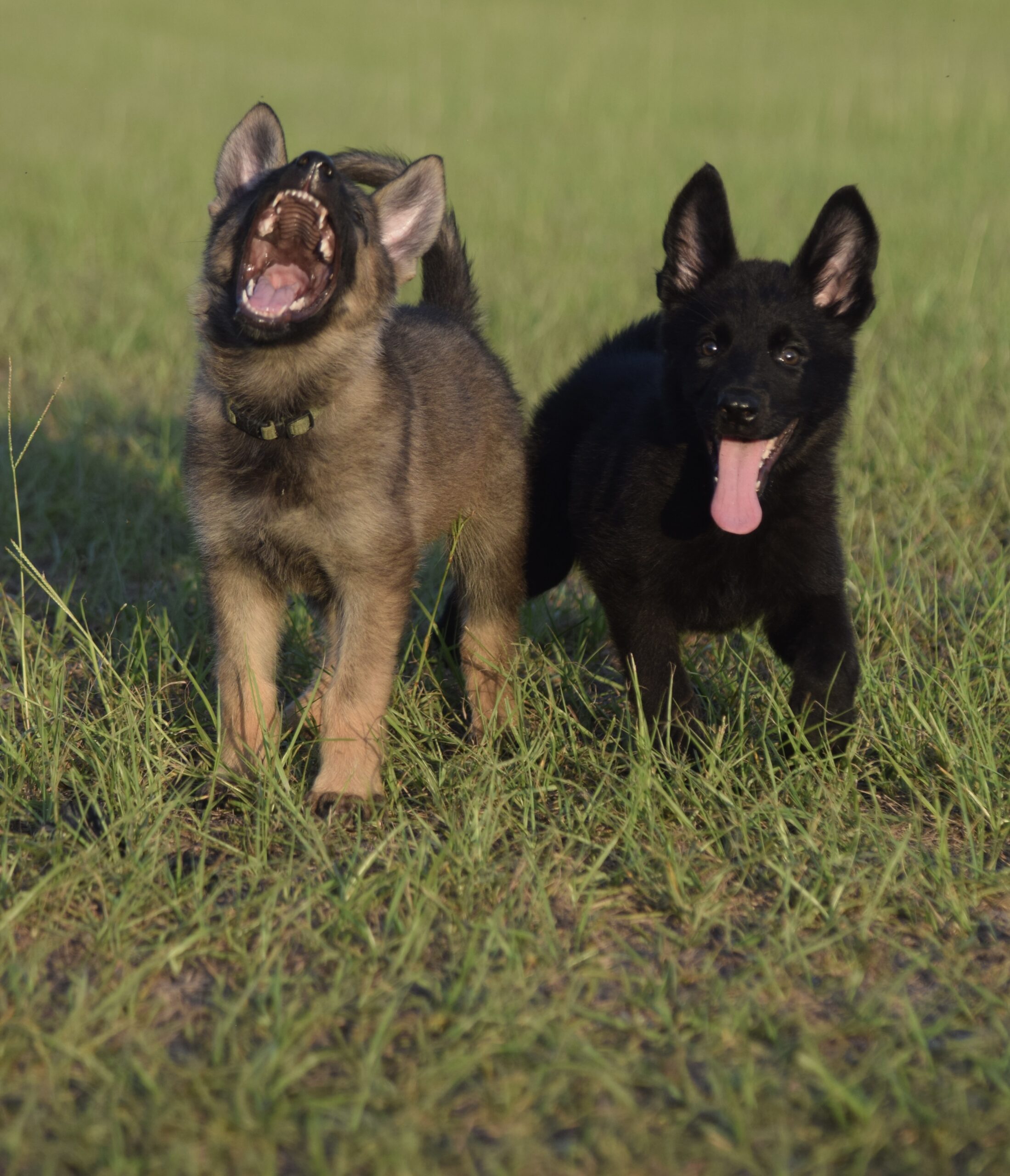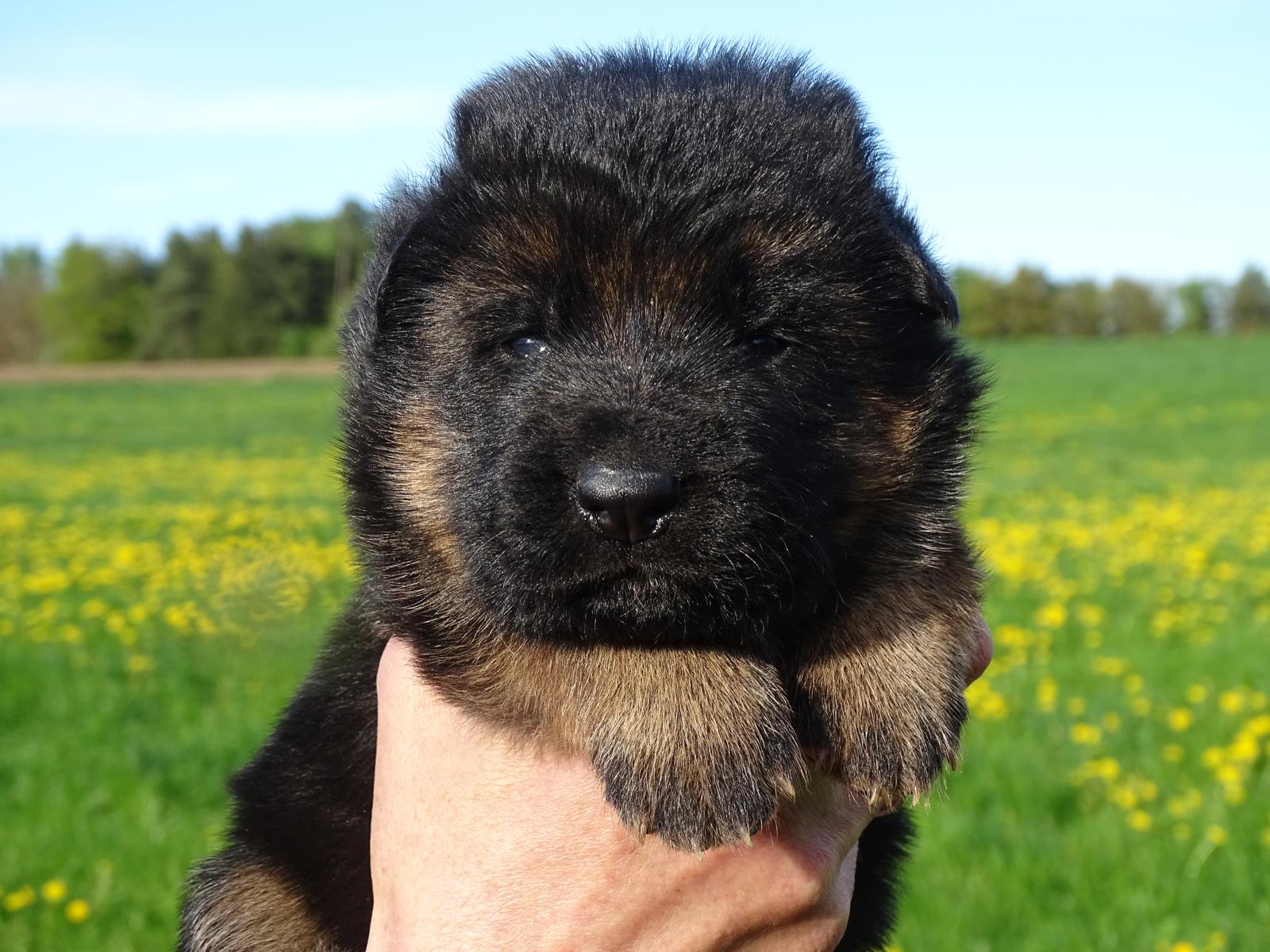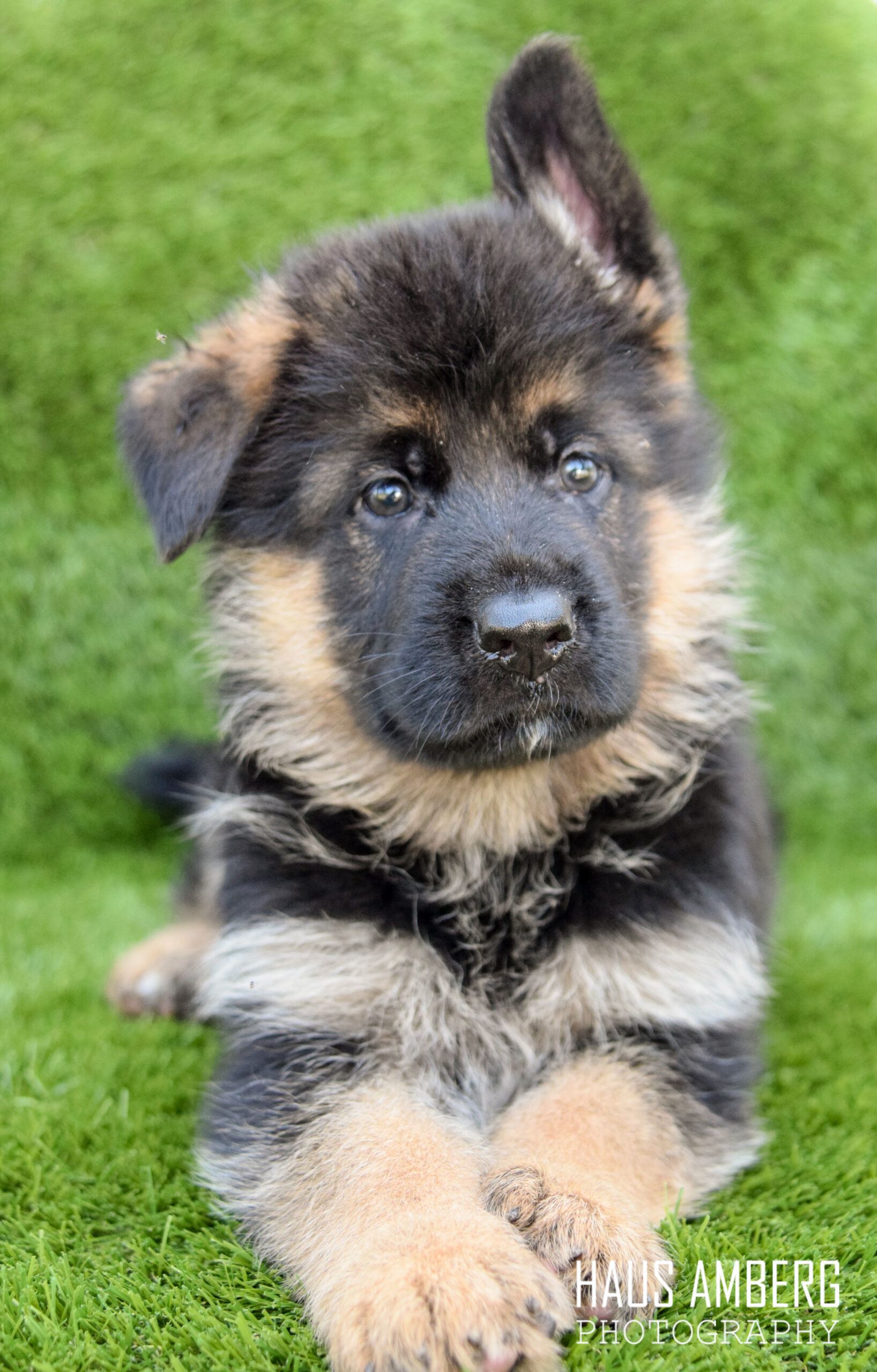Understanding the German Shepherd Temperament
Before diving into the introduction process, it’s essential to understand the unique temperament of German Shepherds. They are:
- Intelligent: Highly trainable and eager to learn.
- Loyal: Form strong bonds with their families and can be protective.
- Energetic: Requires regular exercise and mental stimulation.
- Social: Generally enjoy the company of other dogs when properly socialized.
By recognizing these traits, you can better prepare for a smooth introduction.
Preparing for the Introduction
- Choose a Neutral Location: To minimize territorial behavior, consider introducing the dogs in a neutral space, such as a park or a neutral area. This helps both dogs feel more comfortable and less defensive.
- Use Positive Reinforcement: Bring treats and rewards to reinforce good behavior during the introduction. This helps create a positive association with the presence of the new dog.
- Leash Control: Keep both dogs on leashes during the initial introduction to ensure safety and control. This allows you to maintain control while ensuring they feel secure.
- Gradual Introductions: Begin with brief meetings and gradually increase the time spent together. This helps both dogs acclimate without feeling overwhelmed.
Introducing New Puppies
- Supervision: Always supervise interactions between the puppy and your German Shepherd. Puppies are often more playful and may inadvertently annoy older dogs.
- Teach Gentle Play: Encourage your German Shepherd to play gently with the puppy. Use toys and treats to reward calm behavior and discourage rough play.
- Establish a Routine: Consistency is key. Establish a routine that includes time for both dogs to play and relax together.
Introducing Older Shepherds
- Respect Their Space: Older dogs may be less tolerant of energetic puppies. Allow your German Shepherd to set the pace for the introduction.
- Monitor Body Language: Pay attention to both dogs’ body language. Look for signs of stress or discomfort, such as growling or stiffening of the body.
- Keep It Short: Initially, keep introductions brief. Gradually increase the time they spend together as they become more comfortable.
Creating a Harmonious Household
To ensure a harmonious environment:
- Separate Spaces: Initially, provide separate spaces for each dog to retreat to when they need a break. This helps prevent territorial disputes.
- Individual Attention: Spend quality time with each dog individually to strengthen your bond and reduce jealousy.
- Regular Training: Continue training sessions with both dogs. This reinforces good behavior and helps them learn how to coexist peacefully.
Conclusion
Introducing a German Shepherd to new puppies or older dogs can be a rewarding experience when approached with care and patience. By understanding your dog’s temperament and following these guidelines, you can create a harmonious household filled with love and companionship. Remember, every dog is unique, so take your time and allow both dogs to adjust at their own pace. With consistency and positive reinforcement, your German Shepherd can become a loving companion to their new furry friend.





